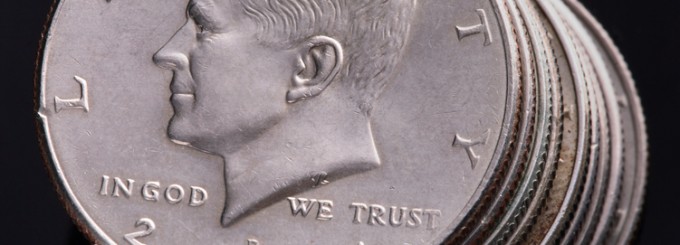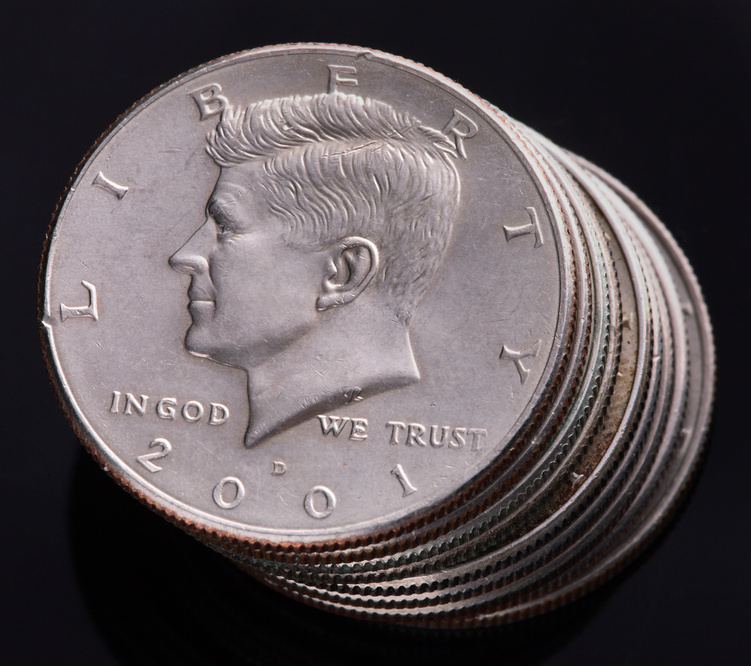A Mini Guide To The Kennedy Half-Dollars

As its name suggests, the Kennedy half-dollar has been minted to honor the United States’ 35th president, JFK. The production of the collectible coin began in 1964, a year after Kennedy was assassinated in Dallas, Texas. The new coin replaced the Franklin half-dollar and was very well received by the general public that was still in mourning over the president’s death. While the Kennedy half-dollar was all the rage in 1964, its popularity began to fade in the subsequent years. To be more precise, while in 1964 there were over 400 million dated coins, in 2011 the production figures dropped to 3 million.
The varieties of the Kennedy half-dollar
It is necessary to mention that its diversity along with the multiple errors make the Kennedy half-dollar the easiest coinage to collect. If you’ve just discovered your passion for numismatics, then you could assemble a collection based on the mint mark set and date for instance. This simplistic collection is affordable, especially if you manage to get rolls of coins from the local bank at face value.
In case you have more experience, then you could add proof coin to the collection or try to put together a collection of business, proof and special strikes. To enrich your collection, you can also include the well-known errors and varieties of the Kennedy coinage. The subtypes of Kennedy half-dollars that can increase the value of your collection include:
- The 90% silver coinage refers to the Kennedy coins minted in the early 1960s. Take note that the coin was the only one with 90% silver to enter circulation.
- The 40% silver Kennedy half-dollar started being produced in 1965, a period when the price of silver was rising exponentially.
- Special Mint Set Strikes Kennedy coins were minted between 1965 and 1967, a time when the US was confronted with a nationwide coin shortage. Even though these are not proof coins, the imprint was excellent and could provide a proof-like appearance.
The 1976 Bicentennial Coinage was authorized by Congress to commemorate the 200th anniversary of the birth of the USA. Although the commemorative Kennedy half-dollar was in high demand at the time, collectors were disappointed that the coin didn’t contain silver. In other words, these coins were produced by millions and have no premium value.
Kennedy half-dollar errors and die varieties
In the eventuality that you got several coin rolls from the local bank to complete your Kennedy half-dollars collections, then you need to keep an eye out for die varieties and mint errors. Since, it’s very likely that you know about the famous 1964 Proof Heavily Accented Hair variety, by now here are some other ones to look for:
- 1971-D and 1977-D – the coinage’s value stems from the fact that they contain 40%. A few of the clad planchets used until 1970, slipped into the regular production lines at the Denver mint.
- 1974-D Double Die – the letters on the coinage appear doubled.
- 1979-S Proof Filled S – because the hub became worn, the well-known S looked more like a blob; in the same year, the mint issued another set of half-dollars with a very clear S imprint.



